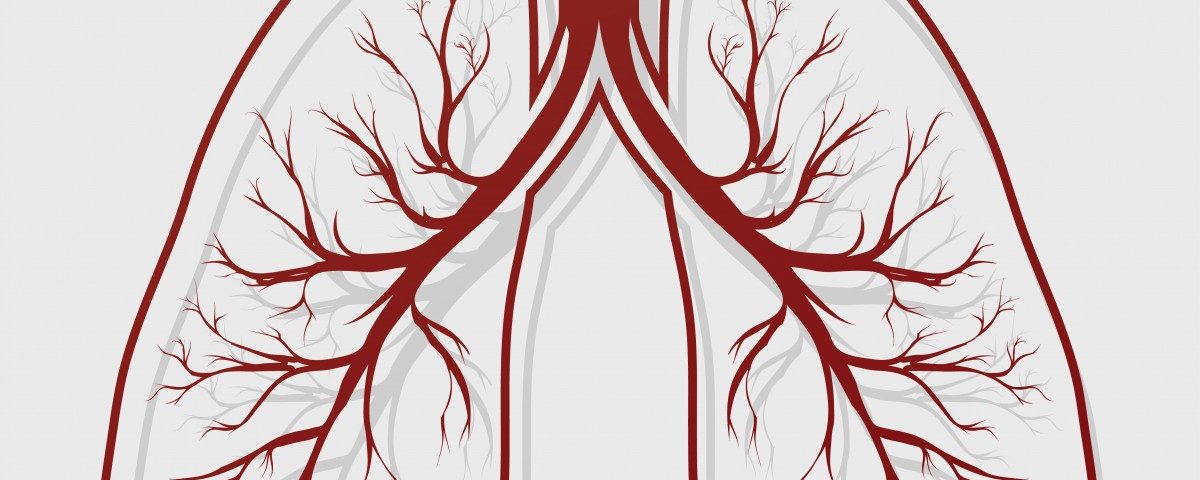Chinese researchers have found an association between the airway-damage condition known as bronchiectasis and an artery condition that can lead to heart problems.
The findings highlight the importance of early screening for blood vessel changes, the researchers said. The screening can reduce the risk of cardiovascular disease, they said.
Some studies have already reported that bronchiectasis increases the risk of cardiovascular disease. One, in fact, found that a quarter of bronchiectasis patients die of a heart or blood-vessel-related condition. But scientists know little about the mechanisms that lead to bronchiectasis patients developing a cardiovascular disorder.
An artery condition called endothelial dysfunction could be one mechanism. Endothelial dysfunction is the improper workings of the inner lining of small arteries, or endothelial layer.
Research has linked endothelial dysfunction to other respiratory diseases, including chronic obstructive pulmonary disease, COPD.
The Chinese team decided to look for a link between endothelial function and bronchiectasis.
Their research, “Subclinical atherosclerosis in adults with steady-state bronchiectasis: A case-control study,” was published in the journal Respiratory Medicine.
The study involved 80 bronchiectasis patients and 80 age- and sex-matched healthy controls. Patients’ mean age was 51 years. Seventy-three percent were women.
Researchers used two indexes to measure the severity of patients’ bronchiectasis — the bronchiectasis severity index, or BSI, and the FACED index.
They measured endothelial function with two indexes as well. One, flow-mediated vasodilation, or FMD, measures blood flow through arteries. Another, carotid intima-media thickness, or CIMT, measures narrowing of the important carotid arteries.
A key finding was that bronchiectasis patients had significantly worse blood flow scores than controls. There was a negligible difference in the two groups’ carotid artery scores.
Another result was that people with mild to moderate bronchiectasis had better blood flow scores than those with severe bronchiectasis. There was no correlation between carotid artery flow scores and disease severity.
Researchers also found no significant correlation between markers of inflammation and bronchiectasis. The markers they examined were C-reactive protein, interleukin-6 and -8, and fibrinogen. The findings went against a lot of researchers’ speculation that inflammation is behind the high levels of cardiovascular disease seen in bronchiectasis patients.
Other factors influencing bronchiectasis patients’ artery blood flow included their age, body mass index, whether or not they had a Pseudomonas aeruginosa bacteria infection, and their high-resolution computed tomography scores.
The researchers said they believed their study was the first to examine “the functional and structural vascular abnormalities in patients with clinically stable bronchiectasis.”
One of their conclusions was that the inflammation associated with bronchiectasis increases the risk of endothelial dysfunction, an early sign of cardiovascular disease.
The team said their findings indicate that doctors need to be diligent about “comprehensively evaluating bronchiectasis not only for pulmonary disorders, but also other systemic disorders such as subclinical cardiovascular diseases.” Early identification could led to strategies aimed at “minimizing the future risks of [patients] developing end-stage cardiovascular diseases,” they wrote.

